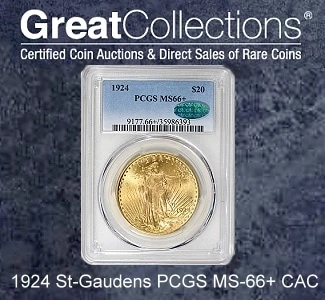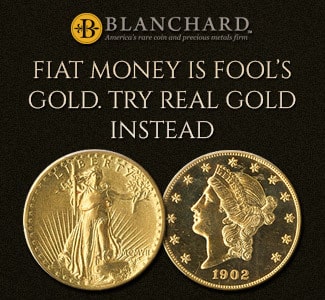By Jack D. Young, Early American Coppers (EAC) ……
In the previous installment, I discussed an example that had been “tooled” to look like something it is not, with TOOLING referring to either the smoothing of a coin’s fields to remove scratches, corrosion and other forms of damage or to the restoration of lost details through the use of an engraver or knife.
In this installment, I will discuss counterfeits struck from dies made from damaged and repaired genuine source coins, with many starting as holed examples. And again I will start with the “Dark Corner” example: a key date in the Liberty Standing quarter series and one I nicknamed the “visor head” variety!
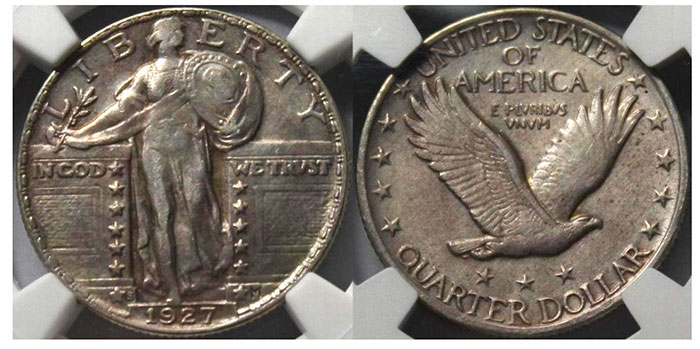

During the research of this one I was able to determine the “source genuine example” used to create the counterfeit dies to strike the fakes:
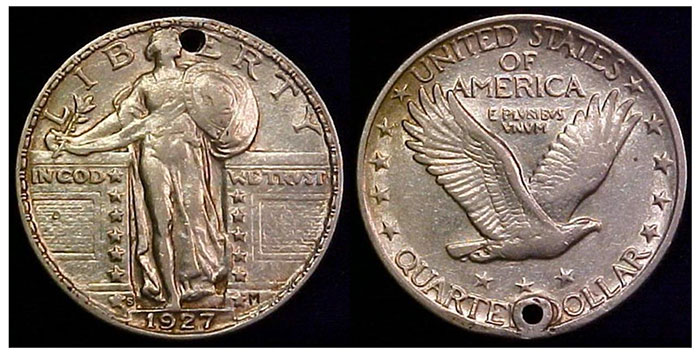
Comparison to one of the Dark Corner examples illustrates the effects of the repairs made:
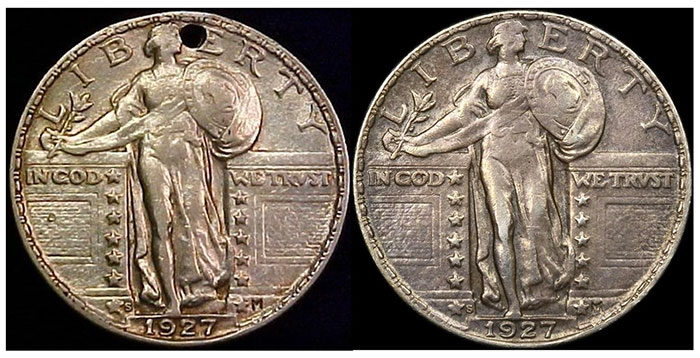
Comparison of the struck counterfeits to a genuine example illustrates the following differences:
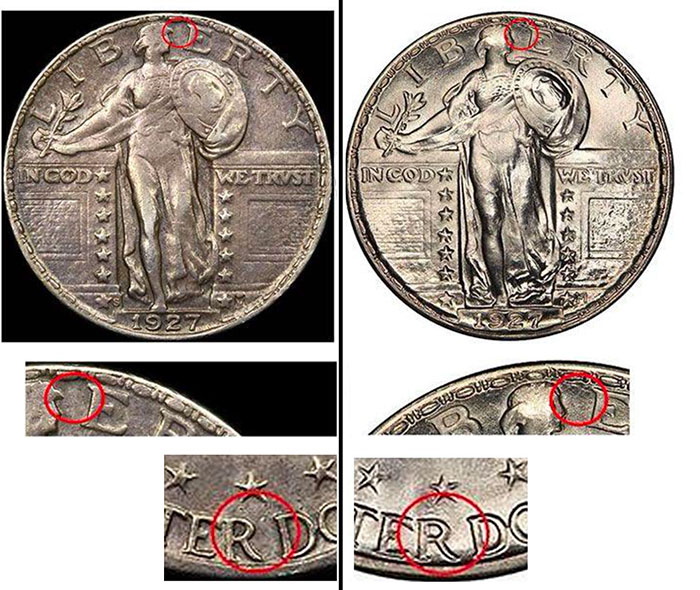

The counterfeits all show the effects of the repair and tooling to the genuine coin, as well as a matching set of scratches that should only be on one example!
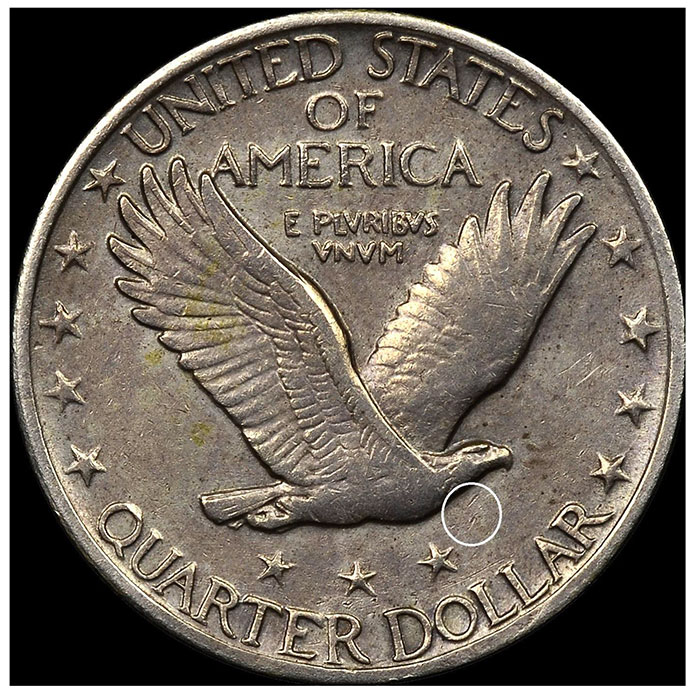
In summary, these should have at least been individually certified as details coins, either as holed/repaired or just “Tooled”. Collectively they should all be “NOT GENUINE” as stated in one of the certs.
For additional information on these, one can go to my more detailed CoinWeek research article at 1927-s-standing-liberty-quarter-1-page-attribution-guide/
Should you see one “out there”, report it! There are several unaccounted for.
Best as always,
–Jack
MORE Articles on Counterfeit Coins by Jack D. Young


